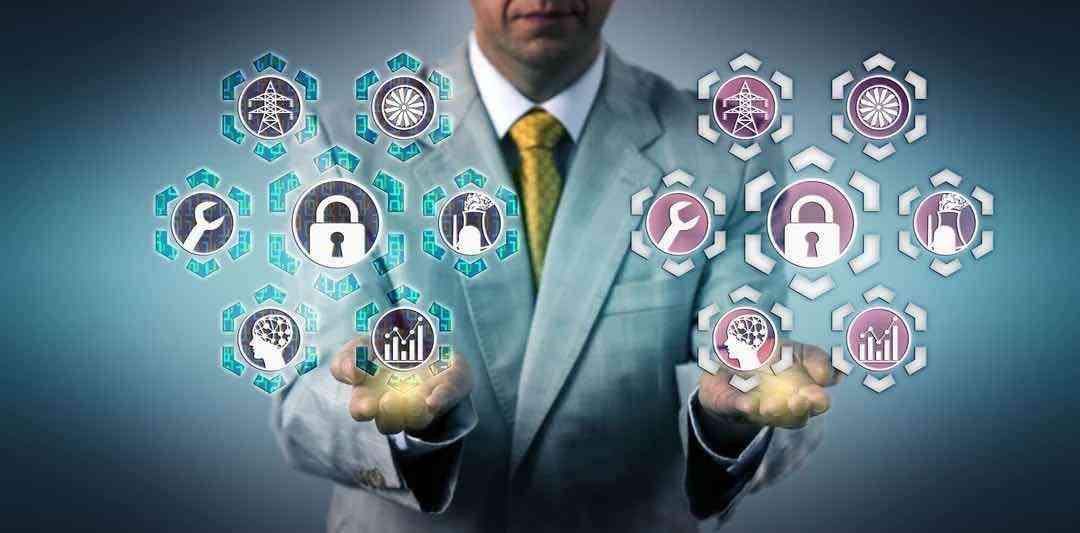What Is a Digital Twin and How Is it Changing the Joint Use Industry?

The digital revolution that began a few decades ago continues to rapidly reshape the way companies around the world do business. Constant innovation is creating new possibilities for more efficient, more sophisticated, and more proactive business operations. At the same time, evolving technology raises customer expectations for the services that businesses provide. Nowhere have the changes been greater than in the communications sector.
One concept currently creating excitement across a broad spectrum of industries is digital twin technology.
What is a digital twin? The short answer is that it’s a digital replica of a physical object or asset (although it also could represent a more abstract system). A digital twin can also be described as a virtual model or a cyber representation. Accurate data must be collected on the physical objects involved, then fed into computer software. When managed properly, this process can produce a detailed, measurable electronic duplicates that are useful to multiple shareholders.
Digital Twin Overview
The form a digital twin takes can vary depending on several factors:
- The type and amount of data collected
- The methods and technologies used to collect the data
- The ways the data is processed and manipulated
- The needs of the company or companies that will use the information
A digital twin is a concept that can range from abstract representations of physical objects—an assembly of numerical measurements and relevant facts—to point clouds, to 3D images hat can be viewed and analyzed from any angle.
Field technicians use high-resolution digital cameras and handheld laser scanners to record information about an object and its physical environment. For example, they might collect data on any given utility pole, the cables and equipment attached to it, terrain and vegetation, plus additional information based on first-hand observations.
Digital twins are created by stitching all this collected data together, combining many pieces of data to create the virtual model.
Joint Use in 2020
In the current joint use landscape, several companies are using some form of digital twin to speed up and streamline applications/permitting, review, and construction processes for pole attachments. This is important because joint use is demanding more time and attention than ever before. The buildout of 5G networks nationwide involves placing thousands of attachments on utility poles, street light poles, and buildings to create the density necessary to support new technology. The goal is safe, reliable 5G service—and, of course, customer satisfaction. Putting better, faster technology at a user’s fingertips requires a lot of new infrastructure.
The Digital Twin for Joint Use
The sheer number of joint use interactions required for a successful 5G rollout can threaten to overwhelm even the most experienced, most cooperative professionals at utilities, telecoms, and other entities, such as municipal asset owners. A well-built digital twin can be an extremely valuable tool in streamlining the whole process. Multiple trips to a physical site is enormously inefficient and costly. Delays can not only lead to hard feelings and damaged company relationships, but also to violations of strict regulatory timetables.
An accurate, accessible digital replica of a utility pole or a conduit vault allows everyone involved to get an up-to-date picture of the asset’s condition without having to repeatedly roll trucks.
Access to a digital twin can simplify asset owners' decisions on whether an attachment permit can be granted. They also can help the attaching company’s personnel make informed proposals for placement when preparing applications, reducing the chances an application will be rejected. Once construction is complete, the owner can collect fresh data to ensure the new equipment has been placed properly, and to update the digital twin. The advantages of this method over pencil and paper documentation include accuracy and time-savings.
Building it Right
Just as physical construction usually involves partnerships, companies that need a digital twin built can benefit from expert assistance. Alden can help clients get it right from the start.
Alden’s Task Agent™ software simplifies field data collection, and operates on smartphones, as well as, Leica's BLK3d handheld imager. Task Agent™ feeds information into Alden One®, the joint-use asset management platform used in 39 states.
Putting the latest technology to work for your company is easier when we work together. Schedule a meeting with us to learn about Alden’s products and services.
